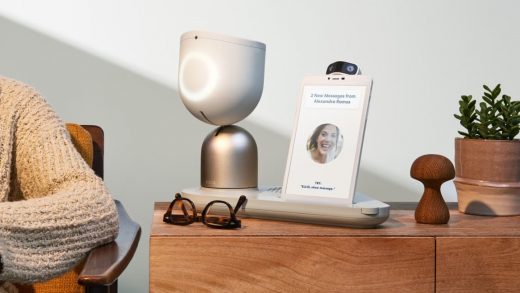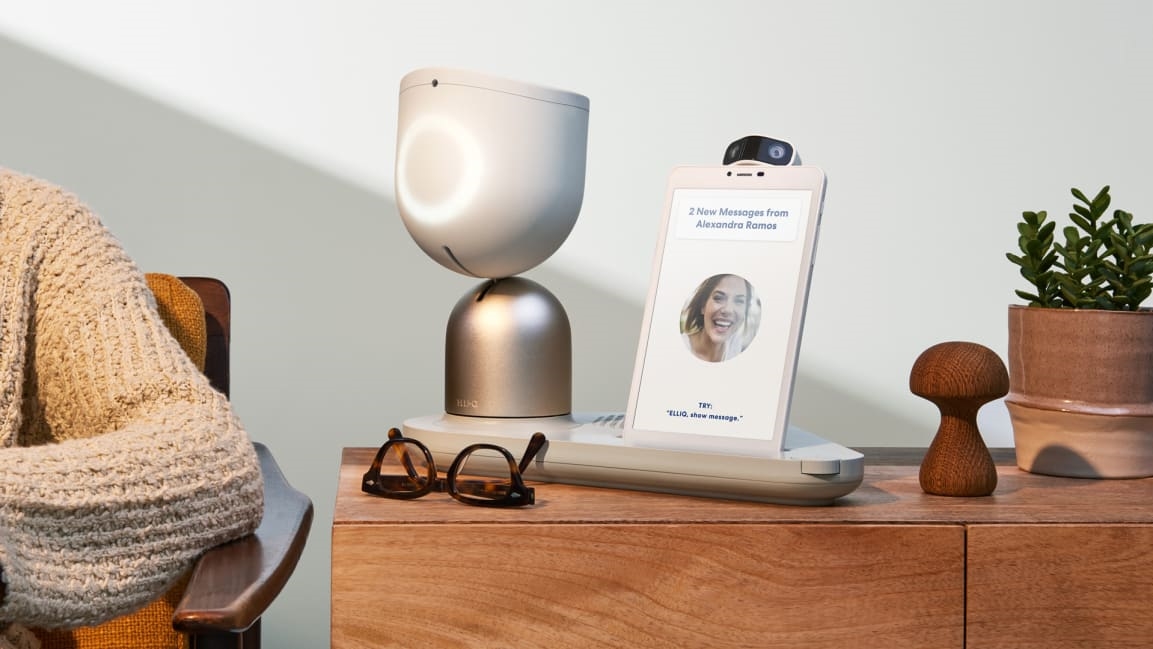Will robots ever be better caretakers than humans?
At the Aging Into the Future conference, a tech expo dedicated to innovation in elderly care, dozens of interactive booths beckoned investors, healthcare specialists, and senior citizens. There was a stationed driverless car, VR tutorials, and hands-free orthopedic shoes that open and close on their own.
But only one booth had a line. Attendees stood patiently, every so often oohing and aahing over the featured device. Some turned to strangers, remarking, “Isn’t this just the cutest?” or “That’s just incredible.” Others asked when they could purchase their own.

The booth’s star attraction? Tombot’s Jennie, a robotic Labrador retriever puppy who moves and nuzzles just like the real thing. It doesn’t pee, eat, or even bark. All this fake furry thing does is cuddle. “People really respond to it,” says Tombot founder Thomas E. Stevens. “But it’s not a toy. It’s a medical device providing a health benefit.”
Tombot is one of many startups selling robotic companions for senior citizens, offering emotional support, day-to-day assistance, or remote monitoring through artificial intelligence. Though these robots are often met with enthusiasm from consumers and medical experts alike, the companies selling them find themselves navigating a host of complicated issues: How do you best design robotic devices to take care of aging populations and encourage people to actually use them? How do you create something that is genuinely helpful, without it feeling creepy? Can robots ever truly replace human caretakers?
Filling the care gap
The United States has 46 million senior Americans–a number that is expected to double by 2050 as older Americans grow to 22% of the population, according to the Pew Research Center. At the same time, the U.S. healthcare system is bracing for a shortage of caretakers, nurses, and medical professionals. Add in a strict immigration policy and low birth rate, and some would argue that it makes sense to depend on technology to fill the care gap–and as such, little robot helpers.
“There aren’t people around to give care,” notes Deborah Carr, an aging expert and author of Golden Years?: Social Inequality in Later Life. “We’re getting to this point where desperate times require desperate measures.”
Elder care robots have flourished in places like Japan, which has the world’s oldest population. In the United States, senior citizens may rely on mobility aids or an Amazon Echo as they age. Google Home and Amazon Alexa advertise a lot to the elderly showing the breadth of their technologies’ use. That’s important because not all older adults are the same, explains Carr. Some want help with medications, others just want to know the weather or sports scores.
“We often think of older adults as one population–there are actually many varied populations,” says Carr.
Leda Rosenthal, founder of Alz You Need, a technology discovery platform that connects family caregivers with dementia assistive technology, sees an emerging aging tech market still in the early stages of designing products for various sub-groups. Most of these startups are not even seed-funded. For the most part, families generally rely on common tech cleverly applied to aging, like meditation apps such as Calm and Headspace, or Facebook support groups.
One aspect Carr sees again and again is adults’ desire to maintain independence, noting, “it’s still very strong among older adults,” especially those of the Greatest Generation who pride themselves on being strong and resilient. They don’t necessarily want to depend on their children, but they do need help, and many of them are lonely. More than a quarter of women aged 65 to 74 lived alone in 2014, and that number jumps to 42% for those aged 75 to 84, and to 56% among women ages 85 and up.
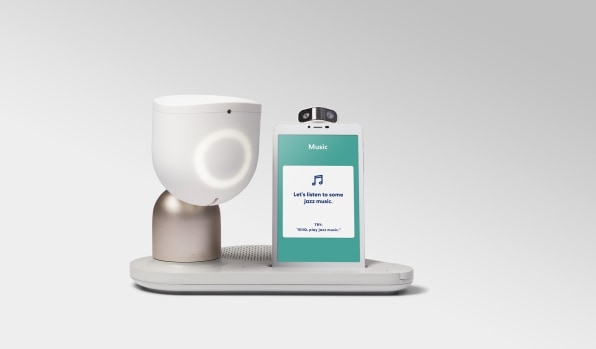
Those kind of statistics inspired Israeli-based startup Intuition Robotics to create ElliQ, a smart robotic companion that engages its user throughout the day. That includes appointment reminders, assisting in video calls to family, suggesting a walk, or just by bringing the outside world in through random facts or funny videos.
Marketed as the “sidekick for happier aging,” it looks like a cross between Wall-E and a sleek coffeemaker. It’s cute enough to elicit warm feelings, yet its shiny exterior very much connotes artificial intelligence.
ElliQ is personalized, sensing how much its host wants to engage with it and what it prefers as their time progresses. The little guy was designed for older adults who are still active and want to remain so. Studies have shown that once people fall into loneliness, issues such as depression, dementia, and increased mortality rapidly accelerate, says Dor Skuler, CEO of Intuition Robotics. To make it effective, the team understood it had to feature the right kind of personable yet efficient design.
ElliQ will endearingly bob its head up and down when its excited and apologize by sorrowfully looking down. If a loved one sends a photo, it will curiously look it over. It’s meant to feel lifelike, with an expressive nature and intuitive body language.
“She looks at you, lights up, has sound effects and content on the screen, and chooses what to say,” says Skuler. “That curated combination–from a timing and movement perspective–makes it feel like it’s almost alive.”
Balancing reality
The robotics category has long posed existential questions about the role technology should play in our lives. There’s been much debate around the concept of the “uncanny valley”–the relationship between how much a product resembles a human and how eerie it seems as a result. This spans multiple categories, such as lifelike dolls, virtual reality, and even computer animation.
Anthropomorphic robots can feel oh so familiar and hence, often inspire revulsion or confusion; other times, an unnatural connection. Ethically, what’s the balance between emulating lifelike beings and creating a false dependency?
In the case of robotic companions, this proves especially challenging considering that such products are constructed to work intimately with their users–on a daily basis. Some startups veer towards human-like or cartoon-ish appearances designed to seem overly friendly and cute. GenieConnect has saucer-like eyes and penguin-like arms that seem more Nickelodeon than elegant. Likewise, Blue Frog Robotics’ fully mobile Buddy the Robot features oversize anime eyes and exaggerated childlike facial expressions.
A Blue Frog Robotics rep says Buddy was made to establish empathy with the user, thereby creating an emotional bond.? The company says its research found that to overcome fear and skepticism of a robot in the home, it needs to look friendly. Inspired by the Japanese “Kawaii” culture of cuteness, they designed Buddy with elements taken from lovable characters of science fiction movies, such as Star Wars.
Intuition Robotics, however, clearly fashioned ElliQ as a sleek consumer electronics device with a robotic voice. ElliQ has no hands or face–not even eyes. “We don’t want to confuse the older adults in thinking that it’s anything more than it is, or creating the wrong expectations on the intelligence of the system or the fact that it is an electronic,” stresses Skuler. “It’s not a dog, and it’s not a person. So why would we pretend that it is?”
Intuition Robotics tapped Fuseproject founder and designer Yves Béhar to craft a robot that infused the charms and strong persona of the Pixar lamp but didn’t fall into the toy or gadget territory. It had to be elegant and easily blend into someone’s home without screaming technology. It would embody subtle movements, not the exaggerated tones of something overly cutesy.
Basically, they didn’t want to infantilize their audience.
“The opportunity here is to design robots that really serve people that tend to be not served well by technology–and aging is certainly one of those categories,” says Béhar. “We landed on this notion of a beautiful table-top object that reacts when they enter the room but doesn’t intrude or take over the environment.”
Béhar did not want to craft a device that would be an emotional crutch. ElliQ is therefore more reflective of a healthy relationship with something practical, something that you enjoy, he says, “but not something that you are emotionally dependent upon.”
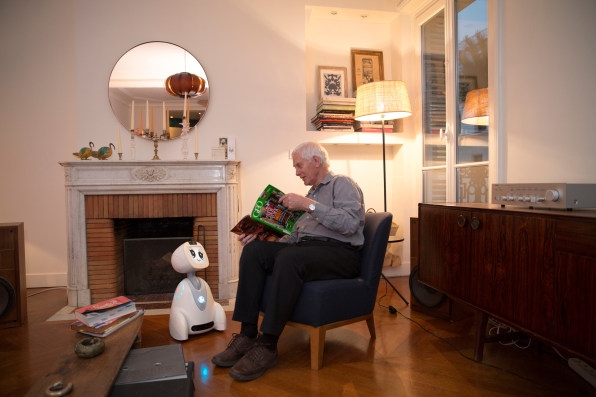
[Photo: Blue Frog Robotics]
To each their own robot
Independent seniors might not go for creepy realism, but what about those suffering from neurological diseases or severe medical conditions? The overly realistic model might just serve those in desperate need of emotional care, even if it’s battery operated.
Tombot’s furry Jennie, for example, is designed specifically to meet the needs of seniors with dementia in nursing care. It’s estimated there are about 15 million American seniors that either have dementia or have pre-dementia mild cognitive impairment. Baby Boomers could spark a 75% increase in nursing home care, hitting 2.3 million by 2030. “We’re not targeting healthy seniors,” says Stevens. “We’re building things for people who don’t have a choice.”
Researchers believe the majority of those diagnosed with dementia can physically and psychologically benefit by forming an emotional attachment, be it to an object or an animal. Pet ownership rates, however, plummet after age 75 because many seniors cannot physically care for a live animal.
Tombot worked with animatronics experts at Jim Henson’s Creature Shop to design a realistic robot puppy that would melt senior citizens’ hearts. The company’s founder says he also surveyed hundreds of senior citizens to better understand their tech preferences. “It came down to one simple thing: realism,” says Stevens, noting they nixed cartoon-like appearances. “They prefer a realistic texture and feel. But most importantly, they prefer realistic behaviors.”
The fluffy puppy doesn’t walk (that would make him easy to trip over), but he does contain multiple sensors for an autonomous and interactive petting experience. Unlike competitor products, which are more or less mechanical toys, Tombot is designed to emulate the actual anatomy and movement capability of live animals.
He understands voice commands and will orient toward sound. Tombot can also feel where and how it’s being touched, sensing the difference between a vigorous pet and being held. The behaviors are randomized, which adds to its sense of discovery. (It’s software is updatable so it will continuously expand and improve behaviors.)
“The dog is choosing what to do at a given time, as to not resort to the same behaviors over and over again,” says Stevens.
Tombot’s early findings showed that seniors actually prefer the robots to live animals. That’s because real dogs choose when to interact with humans, whereas these residents could choose when to interact with a robot. Already, says Stevens, numerous assisted-living facilities, senior day care centers, and an unnamed hospital chain intend to purchase their product for their members. Tombot is available for pre-order at $449 and will ship in March 2020.
“If you group all the tech into one category and say this is for seniors, you’ll understand why so many products never get off the ground,” says Stevens. “We’re focused very specifically on the problem of people with issues that can’t care for a live animal.”
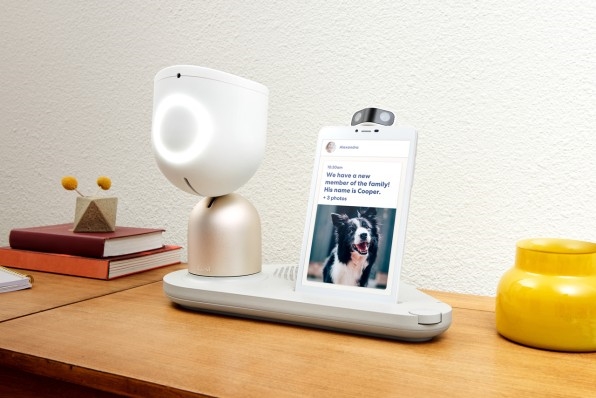
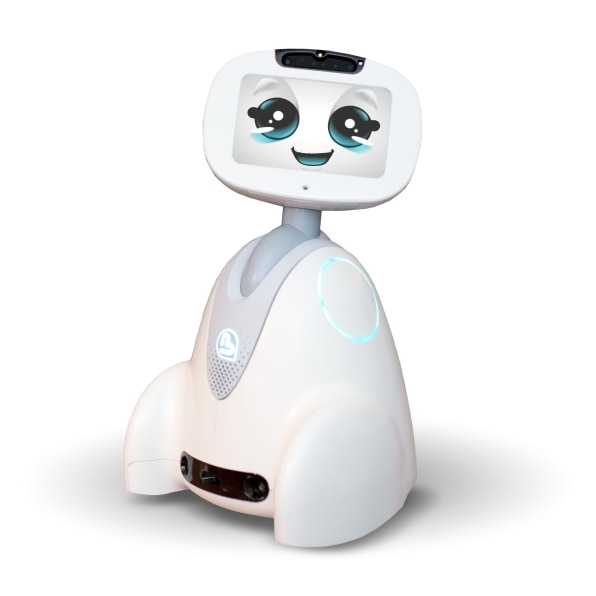
A “cruel” replacement?
Is it ethical to use robots to supplement, or even replace, human caretakers? Dr Lee Kai-Fu, an artificial intelligence expert and former head of Google China, has publicly lambasted the use of AI to care for older populations, specifically in regard to emotional capabilities. Children should be subject to elderly care, he insists, with professional caretakers the next best thing.
“Elderly people really want to connect with other people and I think giving them primitive, fake, inanimate and non-emotional robots to interact with is a cruel thing that we should not do as human being,” he recently stated in an interview.
There are also those who ponder the effects of robots on the elderly, especially in the absence of any long-term studies. Can we put our faith in such new technologies? What about privacy concerns? How will robots impact users in the long run?
Intuition Robotics is currently embarking on a clinical research study regarding the relationship between human and social robots. The startup partnered with the Centre for Aging + Brain Health Innovation to examine how robotic companions decrease the feeling of loneliness and isolation in seniors.
Based on what he’s seen with his hundreds of test subjects, Skuler remains optimistic. He recalls ElliQ owners talking about the product not simply as a device but almost as a new entity in their lives. “Some people use the word presence, some say entity, companion, or sidekick,” he says, musing, “it’s part device and part alive.”
Still, it’s too early to say how this nascent industry will shake out. Will even the best designed robots be adequate substitutes for human care? There’s plenty riding on that answer. Japan, a leader in the robotic service sector, expects its domestic industry alone to grow to nearly $4 billion annually by 2035.
Carr believes that despite some of these products’ predicted issues, they will ultimately find a home with consumers who feel they have no other choice. Humans might be better caretakers, but as they become more scarce, she says, “technology might be the next best thing.”
Fast Company , Read Full Story
(46)

